Dushman Drama Review: Dushman dramas delve into the complexities of human relationships, often exploring themes of vengeance, betrayal, and the lengths people go to in the name of love or hatred. These narratives showcase intense emotions, intricate plot twists, and the moral ambiguity that arises when characters are consumed by past wrongs. This review analyzes a fictional Dushman drama, dissecting its plot, characters, and the social commentary it offers.
Plot Overview
At the heart of our fictional Dushman drama lie Armaan and Siya, two individuals bound by a past shrouded in darkness. A devastating incident, perhaps a family feud, a betrayal, or a violent act, has fueled a deep-seated enmity between their families. Armaan is driven by a relentless desire for revenge, determined to make Siya’s family pay for the wrongs inflicted upon his own.
Siya, unaware of the full extent of the past conflict, embodies the voice of reason and compassion. She might yearn for reconciliation and peace between the families. However, fate brings Armaan and Siya face-to-face, and an undeniable spark ignites between them. Their burgeoning love blossoms amidst the hostility, creating a forbidden romance fraught with danger.
The narrative unfolds with emotional turmoil. Armaan grapples with his conflicting desires – the burning need for vengeance and the blossoming love for Siya. Siya struggles to reconcile her feelings for Armaan with the hatred that festers between their families. The lovers might resort to secret meetings, coded messages, or stolen glances to nurture their connection. Friends or confidantes might offer support, but the weight of family legacy and the ever-present threat of discovery act as constant antagonists.
The drama could introduce a conflict that intensifies the situation. This could be the disapproval of family members upon discovering the relationship, a threat to Siya or Armaan due to the ongoing feud, or the revelation of a shocking truth about the past that casts doubt on their understanding of the enmity. This forces Armaan and Siya to make a difficult choice: defy their families and fight for their love, or succumb to societal pressures and sacrifice their happiness for the sake of peace.
Character Analysis
-
Armaan: Armaan is a complex protagonist. Consumed by revenge, he wrestles with his growing feelings for Siya. Showcasing his internal conflict and moments of vulnerability adds depth to his character.
-
Siya: Don’t portray Siya simply as a naive lover. Perhaps she possesses a hidden strength and defies societal expectations in her pursuit of peace and love. Exploring her motivations adds complexity.
-
Family Members: These characters can be portrayed in various ways. One family member could be a voice of reason, advocating for reconciliation. Another could be a villain, perpetuating the cycle of hatred.
Social Commentary
Dushman dramas offer a commentary on the destructive nature of vengeance and the enduring power of hatred. They expose how past conflicts can poison future generations and the importance of forgiveness in breaking free from such cycles. Additionally, they can explore the societal pressures that perpetuate family feuds and the limitations placed on individual choices in the name of honor.
Themes
-
Vengeance and Forgiveness: The core theme revolves around the consequences of clinging to vengeance and the transformative power of forgiveness.
-
Forbidden Love: Dushman dramas explore the intensity and complexities of love that blossoms amidst hatred and societal disapproval.
-
The Burden of the Past: The narrative depicts how past conflicts can have a lasting impact on future generations, shaping their relationships and destinies.
-
The Importance of Communication: The drama can highlight the importance of open communication and understanding within families to break free from cycles of hatred.
Building upon the foundation laid in the previous review, let’s delve deeper into the complexities of Dushman dramas. We’ll explore opportunities to add layers to the characters’ motivations, introduce diverse resolutions that challenge traditional tropes, and weave in additional themes for a richer narrative tapestry.
Character Nuance
-
Armaan: Don’t portray Armaan solely as a vengeful anti-hero. Perhaps he seeks justice for a genuine wrong or harbors a hidden pain fueling his rage. Showcase moments of compassion or doubt to create a morally ambiguous character.
-
Siya: Give Siya more agency. Does she actively advocate for peace between the families? Perhaps she possesses a secret about the past that could change everything. Exploring her strength and resourcefulness adds depth.
-
Family Members: Make the families distinct. One family might be remorseful and seek reconciliation, while another revels in the power dynamic created by the feud. Showcasing internal conflicts within families creates a more nuanced portrayal.
Exploring Resolutions
-
Breaking the Cycle: Armaan and Siya could work together to expose the truth about the past, leading to forgiveness and reconciliation between the families. This emphasizes the importance of communication and shared understanding.
-
Love Conquers All (with Nuance): Perhaps Armaan and Siya elope or defy their families publicly. However, explore the challenges they face in building a new life together, away from societal disapproval and potential repercussions.
-
A Bittersweet Sacrifice: In a more tragic ending, Armaan or Siya might sacrifice their happiness for the sake of peace. This highlights the enduring power of the past and the weight of societal pressures.
-
Unveiling a Greater Conspiracy: The drama could introduce a shocking twist. Maybe a third party fueled the feud for their own gain. This adds a layer of complexity and challenges viewers’ perceptions of good and evil.
Additional Themes
-
The Cycle of Violence: The narrative can explore the devastating consequences of unresolved conflicts that perpetuate violence across generations.
-
The Power of Redemption: Dushman dramas can showcase the possibility of redemption for characters who have committed wrongdoings in the past.
-
Societal Pressures on Women: For a female protagonist, the drama can explore the limitations placed on women’s choices and the pressure to uphold family honor, even at the cost of their happiness.
Incorporating Social Issues
-
Class Prejudice: If social hierarchy plays a role in the feud, the drama can critique societal structures that perpetuate conflict and limit social mobility.
-
The Importance of Justice: The narrative can explore the concept of restorative justice, where healing and reconciliation are prioritized over revenge.
-
The Role of Mental Health: Dushman dramas can highlight the impact of unresolved trauma on characters’ behaviors, advocating for mental health support to break free from destructive cycles.
Alternative Endings
-
A Glimmer of Hope for the Future: The feud might not be fully resolved, but Armaan and Siya plant a seed of hope. Their defiance or a newfound understanding between some family members paves the way for future reconciliation.
-
Breaking Free from the Past: Armaan and Siya choose to walk away from the hatred, forging their own path and inspiring others to challenge the status quo. This emphasizes the importance of individual agency.
-
A Call for Societal Change: The drama might end with a broader message, urging viewers to question the norms that perpetuate conflict and advocate for social reforms that promote peace and understanding.
Conclusion
Dushman dramas offer a captivating exploration of love, revenge, and the complexities of human relationships. While the entertainment value is undeniable, these narratives spark conversations about the importance of letting go of hatred, the courage it takes to defy societal pressures, and the potential for love to heal old wounds.

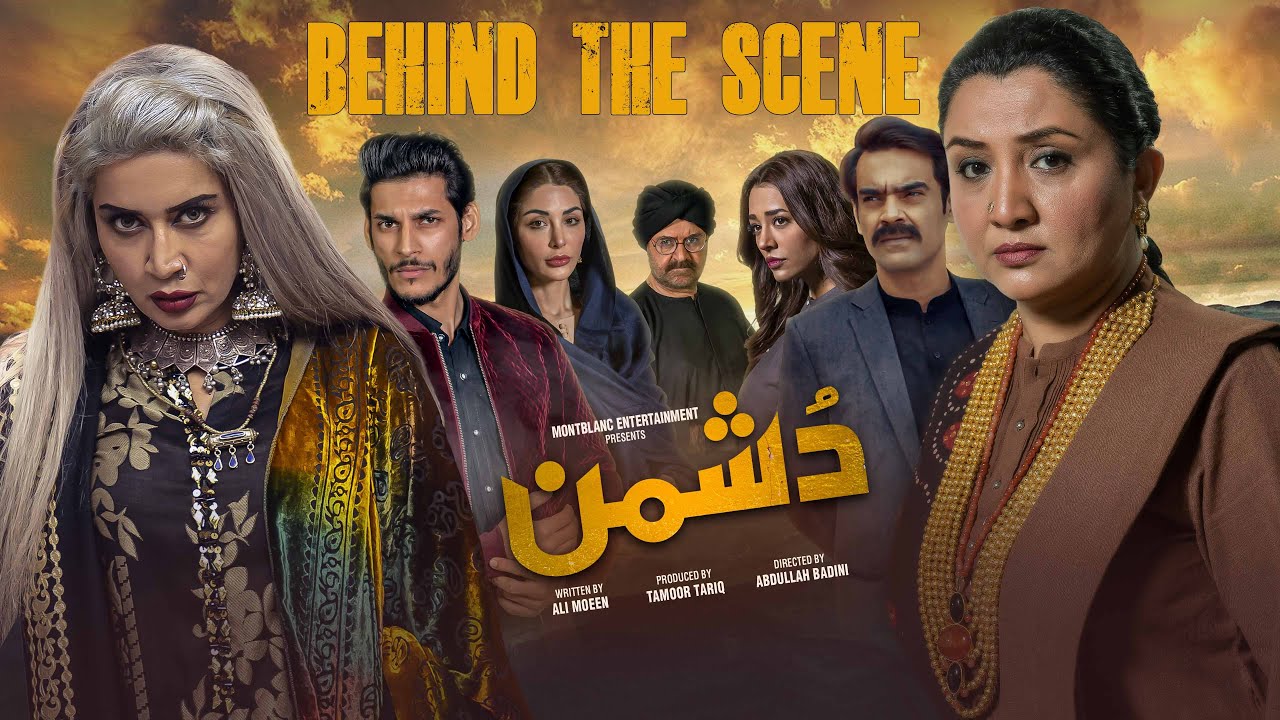
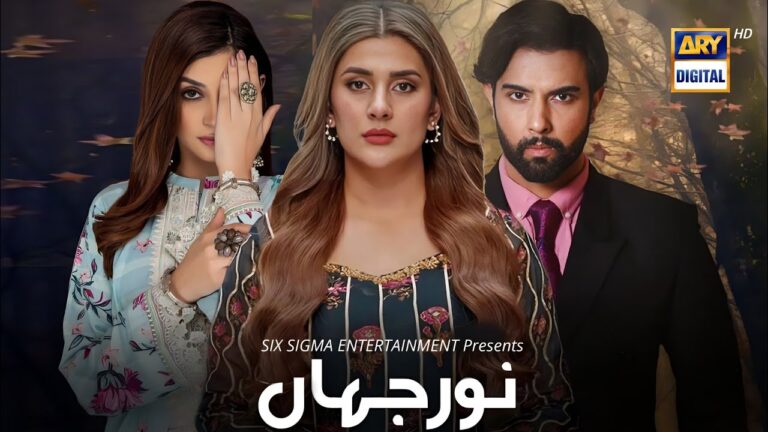
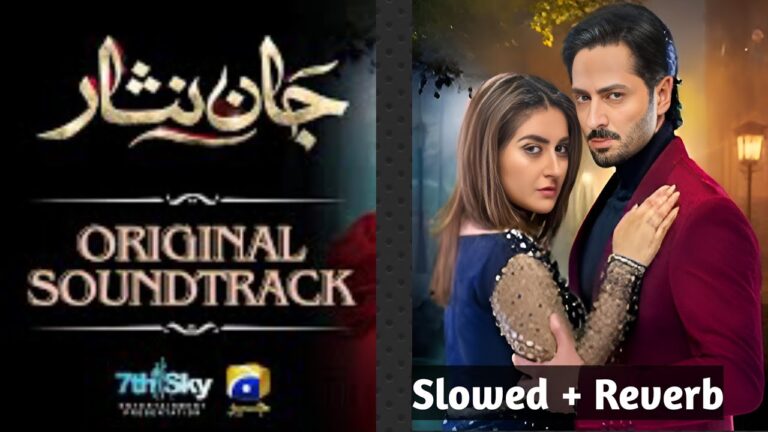
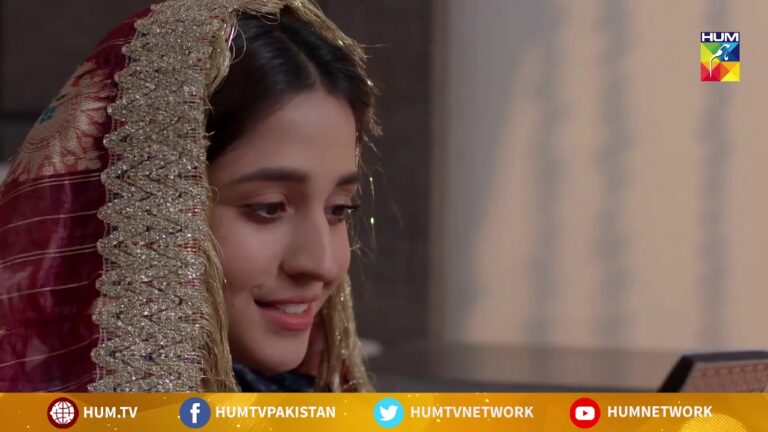

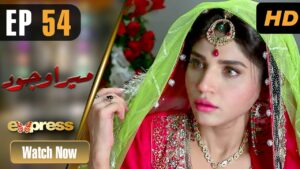



+ There are no comments
Add yours